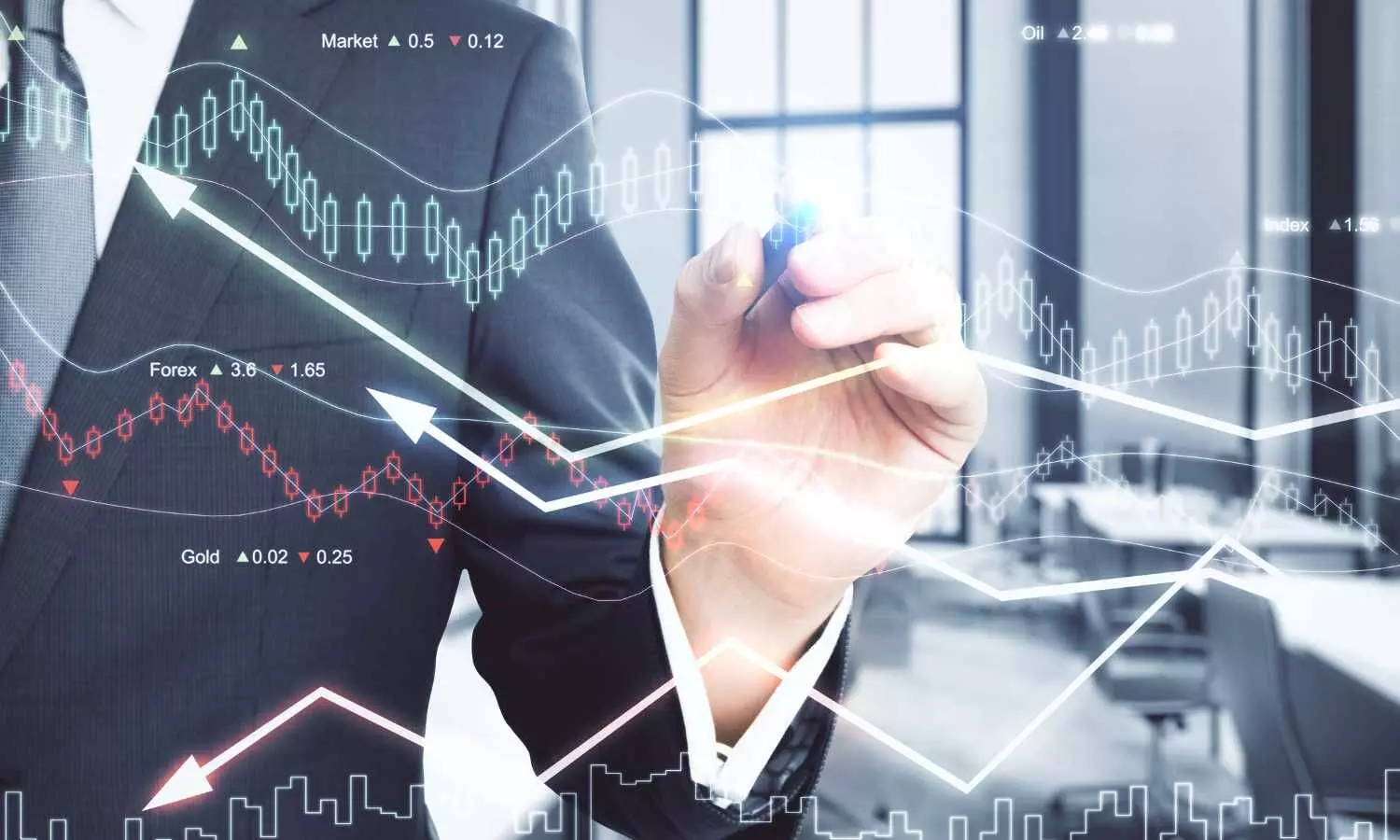AI emergence is turning bubble or trouble for country’s economy?
The rapid emergence of AI raises the question of whether it is a bubble or a potential trouble for the economy, as nations weigh innovation against risks and disruption.
AI emergence is turning bubble or trouble for country’s economy?

The subdued performance of the Indian market over the past year on an absolute basis and relative to major developed markets and emerging markets reflects certain interesting trends. They include high valuations of most sectors and stocks, large earnings downgrades in the past 12-15 months, although earnings seem to be stabilizing now with a decent outlook for FY27 and the lack of AI plays in India.
Of course, recent fall in AI stocks and global markets may or may not be the AI bubble’s end. However, AI companies’ large implied revenue and profit pools, as per their current market caps, are hard to reconcile with the limited or even reduced ability of humans to pay for such services.
The correction in global markets and AI stocks in the past few days may or may not mark the end of the AI bubble. Whether it is good, bad or ugly, only time will tell. Nonetheless, the sharp increase in the market capitalization of all sorts of AI plays, excluding certain Korean fried chicken restaurants and equipment makers, in various ‘AI-heavy’ markets would imply mind-boggling AI-related revenue and profit pools for AI companies.
In fact, AI has emerged as trouble for sure, where consumers are workers and workers are consumers. AI will undoubtedly have a massive positive impact on productivity, but could also result in large-scale job disruption. Optimists may look at the previous technological cycle and the huge employment and productivity gains from such cycles as economies evolved from agriculture to manufacturing to services, when seen in the light of share of jobs. Pessimists may worry about a dystopian future with machines replacing humans in mental in form of services and physical manufacturing jobs. A simple fact of any economy, as per a Kotak study, is that it works on the exchange of goods and services between humans—they are both consumers and workers at the same time. A higher share of such ‘exchange’ between machines may leave workers without jobs or income and, at the same time, companies without consumers or revenues.
Frankly speaking, there lies an incomprehensible math of AI to HI. A simple back-of-the-envelope calculation of OpenAI, which is central to the AI theme, with its US$1-1.5 tn of committed investments, shows the mind-boggling implied revenue and profit pools of AI players. A 10 per cent CRoCI on US$1-1.5 tn of investment would imply US$100-150 bn of cash return annually.
OpenAI could achieve US$200-250 bn of annual revenues if 800 mn-1 bn users were to pay US$20 per month fees. At present, OpenAI has around 40 mn paying subscribers out of its 800 mn subscribers. It expects to reach US$100 bn of revenues by 2027.
Analysts feel that there are several such competing AI services; the world has around 8 bn people and many may not require or may not be able to pay the US$20 monthly fee for any AI service.
EoM.

